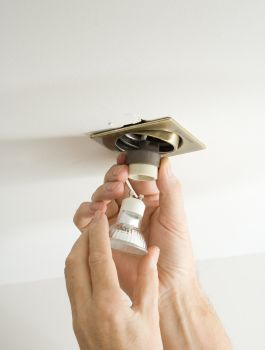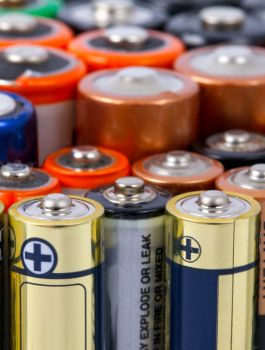T4 vs T5 - Which Is Which?
Blog
The "T" in lamp terminology represents the shape of the lamp-tubular. The number following the "T" usually represents the diameter of the lamp in eighths of an inch (1 inch equals 2.5 centimetres). There are many types of fluorescent lights available but the main difference between the T4 and T5 lights are their efficiency or their watt consumption and lumen output, as well as the thickness of the tubes. The T4 has a half-inch diameter, while the T5 is five-eighths of an inch.
T4 fluorescent tubes are ideal for home and commercial use for kitchen worktops, in cabinets, under stairs, as a pelmet lamp, or to create a well-lit workstation for DIY, craft, or commercial use. A prime example is this Knightsbridge linkable T4 fluorescent fittings which can be used in conjunction with connection or link leads . Be aware, though, many people when replacing T4's get caught out and just purchase a new lamp based on the information that's on the tube T4 10 watts etc but fail to check whether the length matches.
How To Measure A Tube:
What you need to know:
Length : Ensure you measure either pin to pin or cap to cap.
Diameter : Measure the length of a straight line going from one side of the tube to the other.
Colour Temperature: usually marked with a K rating on your bulb - this is the output colour of the bulb and another colour temperature will work in your fitting.
Then you have the circle fluorescent tubes. Is yours thick like a T9 or thin like the T5 ? All very important information to take into consideration.
Fluorescent Tube Measurements
Tube Type Length (mm) Diameter (mm)
T2
210-320
7
T4
250-760
12
T5
150-1500
15
T8
340-1800
25
T9
600-2400
38
T5
One thing that the T4 is superior over T5 lights for is heat emission. Fewer watts consumed means less heat produced so the T4 lights will keep cooler than the T5 light. However, T4, although it refers to the diameter which is constant, the wattage and length can be very irregular but with the T5 the length is the same from one manufacturer to another (or should be), for example, if you take a T4 10 watt from Eterna it could be a different length than that of MLA but if you compare T5's of the same wattage they are usually the same. With this in mind when purchasing T4's you need to be extra careful.
Don't forget your link leads
So, why convert to LED in the first place?
They are more energy-efficient - LEDs are up to 90% more energy-efficient than filament or halogen bulbs.
They have become more affordable and save money over their lifetime both on running and re-lamping - The total cost of getting 1,000 hours of lighting with LED technology is 83% cheaper than incandescent lighting and 32% cheaper than fluorescent lighting.
You make savings with regards to replacing bulbs/tubes - If you run a single incandescent bulb 5 hours a day for two years, it will cost you around £25 (depending on your energy rates). Most of that money is spent on electricity. If you run a single LED bulb 5 hours a day for two years, it will cost you around £10
Some LED's can be directly plugged in without changing wiring if you have a T5 fitting, like the Knightsbridge T5 G5 Under Cabinet Linkable Fluorescent Fitting With Diffuser .
More Information
We hope you have been able to find all the information you need but if you need any more information, a lot of customers have found the following guides from our Technical Area useful:
Posted on:
August 27, 2018
Last Updated on
March 13, 2020 11:49

 Hate
Hate
 Dislike
Dislike
 Neutral
Neutral
 Like
Like
 Love
Love





















